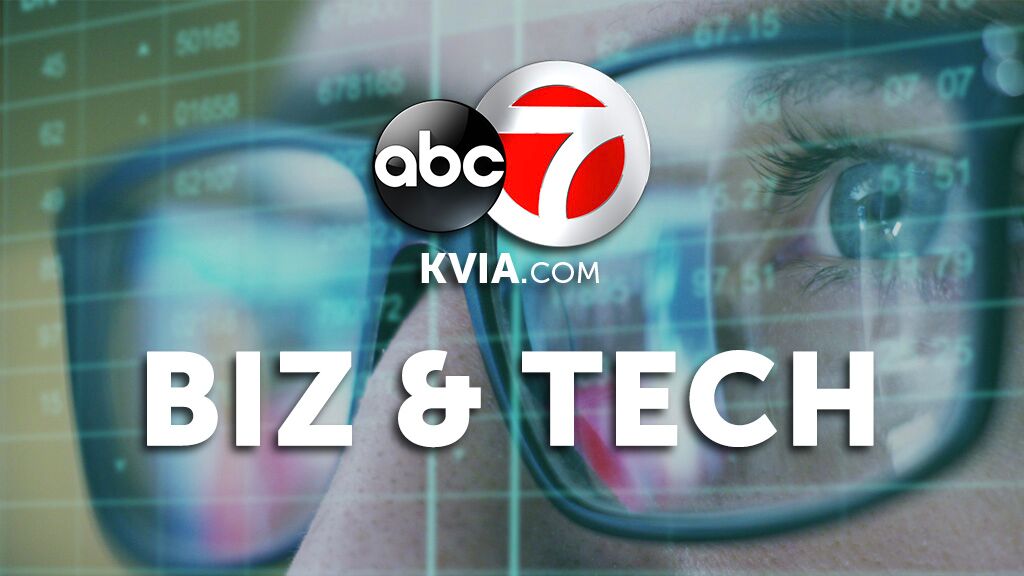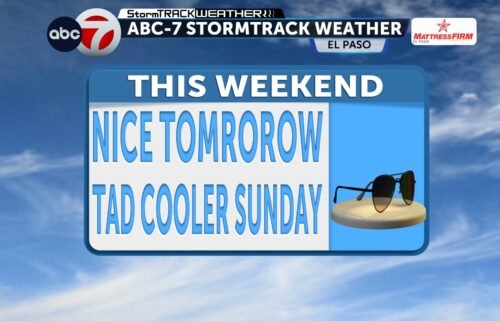Space tourism won’t be affordable for the masses any time soon

CNN
By Chris Isidore, CNN Business
Billionaires Richard Branson and Jeff Bezos are ready start offering trips to outer space. But only other billionaires — or perhaps millionaires — need apply.
If you’re a space enthusiast without six figures of disposable income to spend on a trip to go where few tourists have gone before, you’ll have to wait. Space flights that cost only four-figures, or even in the low five-figures, are not going to be available anytime soon.
Experts agree it’s impossible today to give an accurate target date for when affordable space flights will be available to the masses, but most agree they are decades away, at best.
Reaching a critical mass
One of the biggest challenges is the difficulty of getting enough would-be amateur astronauts into space at one time to spread out the costs to make space travel affordable.
“Early planes carried very few people,” said Laura Forczyk, owner of space consulting firm Astralytical. “Imagine what air fares would be like if they still only carried a few.”
Virgin Galactic’s well-publicized test flight with Branson aboard on July 11 carried just four passengers in addition to the two pilots. It has sold about 600 tickets for future flights at up to $250,000 each.
On Tuesday Bezos, his brother and two other passengers were the first people to fly slightly higher into outer space on the New Shepard rocket from Bezos’ Blue Origin space company. It is expected to start selling tickets soon for a price similar to Virgin Galactic’s.
“If you want to get to get the price from $250,000 down to four digits, like an airline, you have to spread it over far more bodies,” said Ron Epstein, an aerospace analyst with Bank of America. But getting that many people into space on one flight is extremely difficult. It’s an endeavor that requires tremendous amounts of fuel and energy to lift every pound. The technology just doesn’t exist today.
Bezos also suggested that spacecraft would need to carry a lot more people to make the flights widely affordable.
“You’ve got to do it the same way we did it with commercial airline travel,” he said at a press conference following Tuesday’s flight. “We’re really almost in the barnstormer phase. These are biplanes, and they’re flying into a farmer’s field. And charging … to fly people around for a few minutes in the air, that’s what we’re doing right now. But do you know where that barnstorming phase leads? To 787’s. And that’s what we have to do.”
But there also needs to be significant demand for space travel to fill the seats on those larger crafts, no matter the price.
“The only way to get that volume is to have it be part of a transportation network,” Epstein said. “Do you want to spend all the time to just have a joy ride? No. You want to go from New York to Tokyo in an hour or two.”
Two birds, one moonshot
That’s why Virgin is exploring possible point-to-point space flights across the globe, cutting the time it takes to go from New York to Tokyo or London to Hong Kong down to a few hours by traveling at hypersonic speeds through the vacuum of space.
It’s a market that in 2019 UBS estimated was worth $20 billion annually. The bank based that figure on the more than 150 million passengers who took trips of 10 hours or more by commercial jet in 2018. Getting just 5% of those fliers to pay $2,500 to travel by space would produce that $20 billion in annual revenue.
“Although some might view the potential to use space to service the long-haul travel market as science fiction,” UBS said in a note, “we think … point-to-point flights that take more than 10 hours … is a large market to be cannibalized.”
Epstein thinks UBS’s $2,500 space fare estimate is far too low. Business travelers today can spend more than $20,000 on a long-distance, round-trip business or first class ticket. He believes many of them would be willing to pay a premium to turn a 20-hour trip into one lasting only a few hours.
Teching the tech
But making that a reality will take time and all types of technological advances which are not possible today.
“The speed you have to go to get that many people into outer space is defined by the physics,” Epstein said. “It’s not something that will be easy to do. I think it’s going to happen in the lifetime of my kids, if not in my lifetime. But it’s not five years from now.”
The first space tourist was US millionaire Dennis Tito, who paid Russia $20 million in 2001 to fly him to and from the International Space Station. He is the first of seven travelers to date who have paid millions to fly in space.
Although the price tag was far more expensive than the $250,000 tickets Branson is now selling, Tito stayed in orbit for eight days. So on a per-minute basis it was much cheaper, since Virgin Galactic and Blue Origin passengers will only be weightless in space for three to five minutes.
The-CNN-Wire
™ & © 2021 Cable News Network, Inc., a WarnerMedia Company. All rights reserved.




